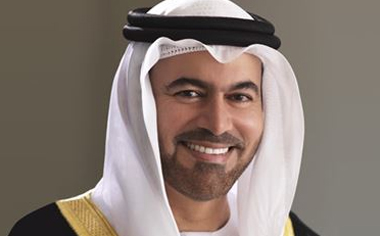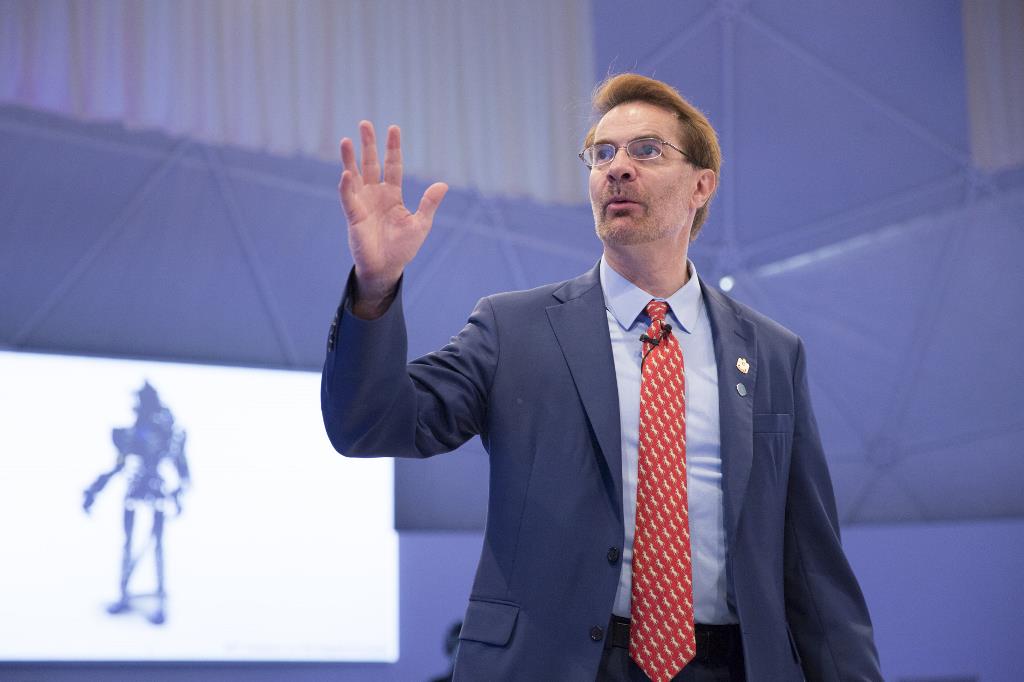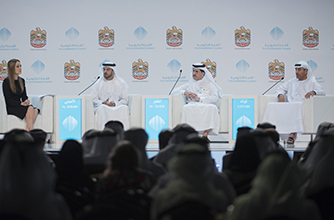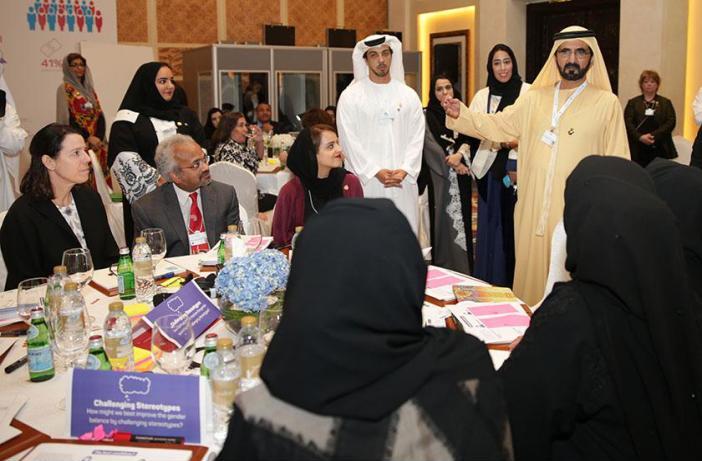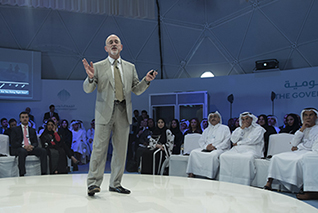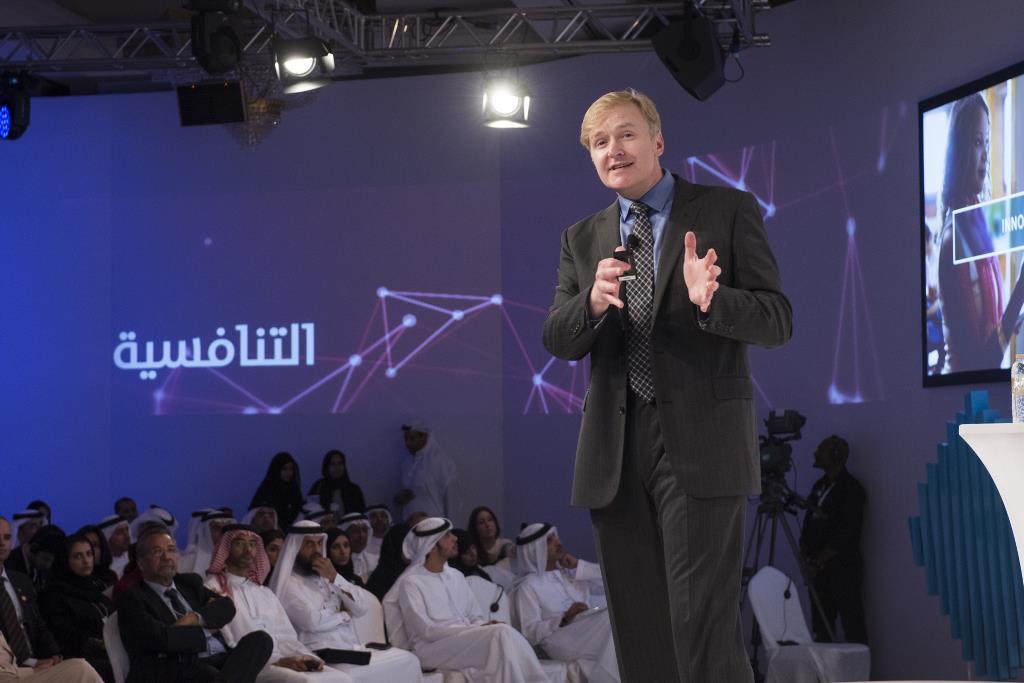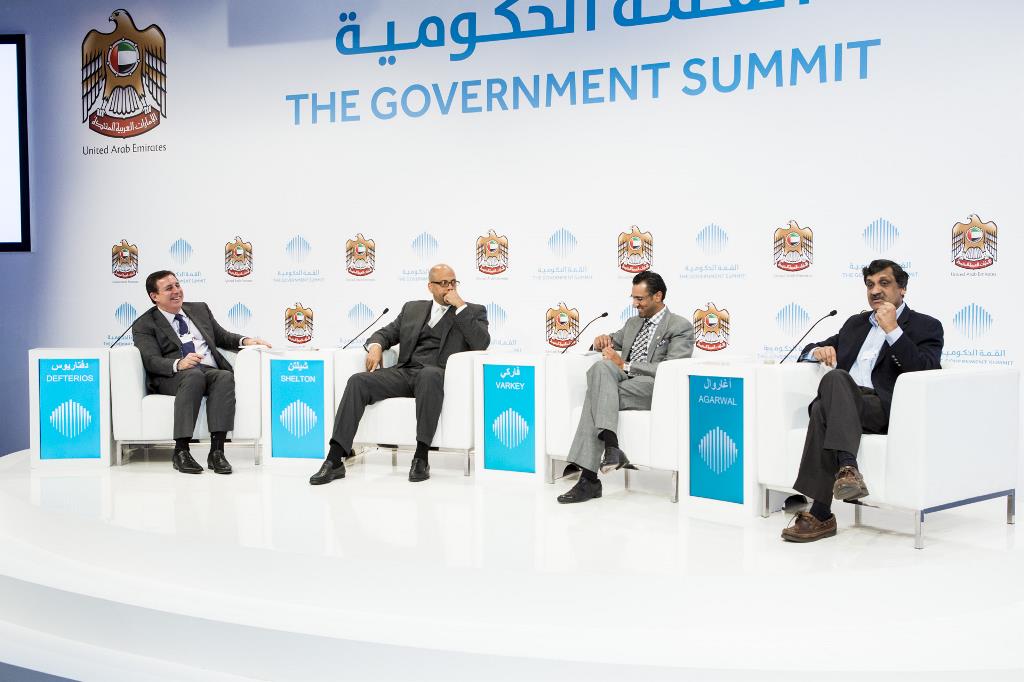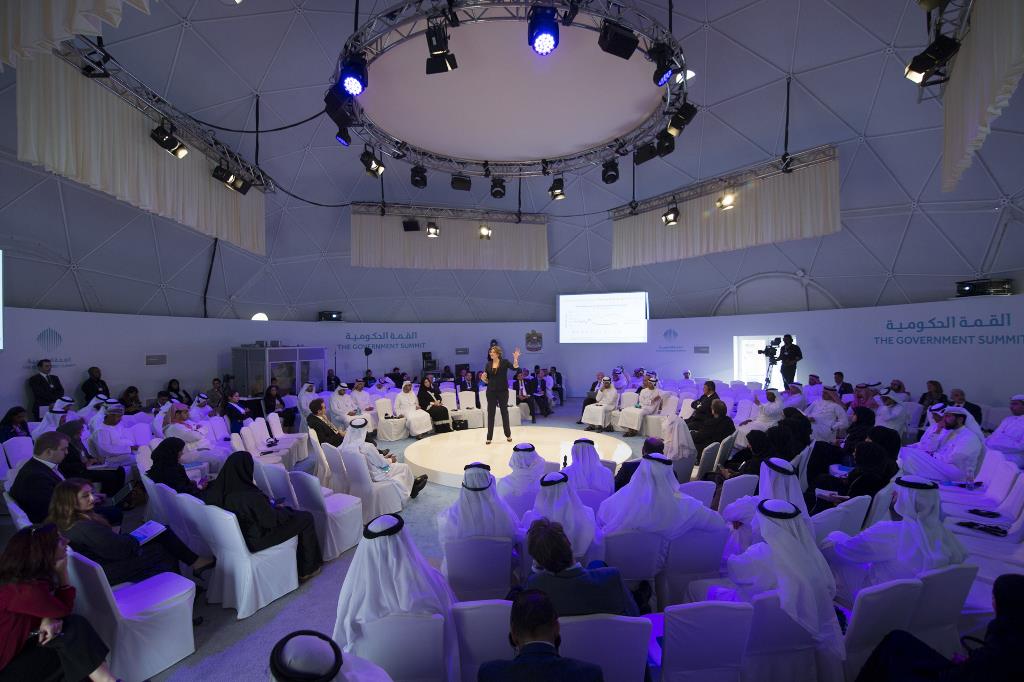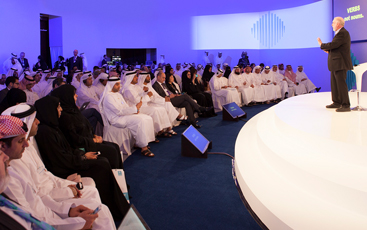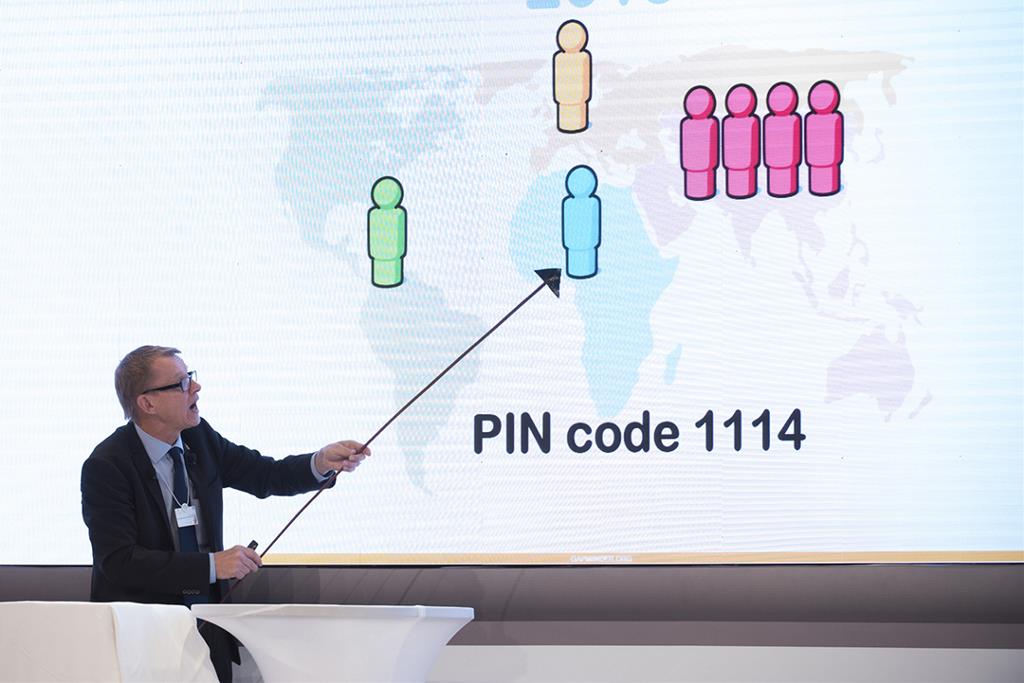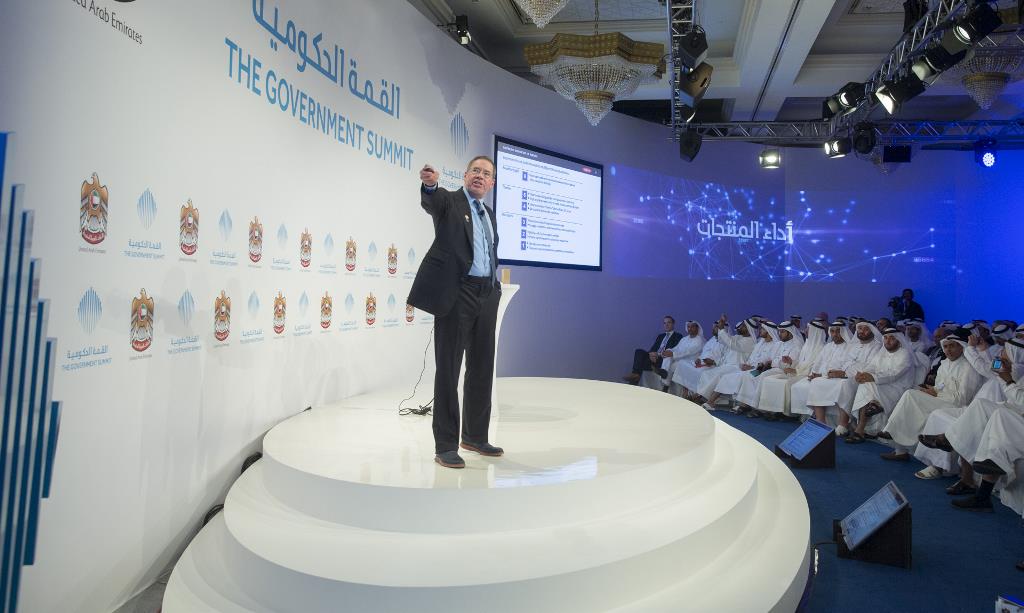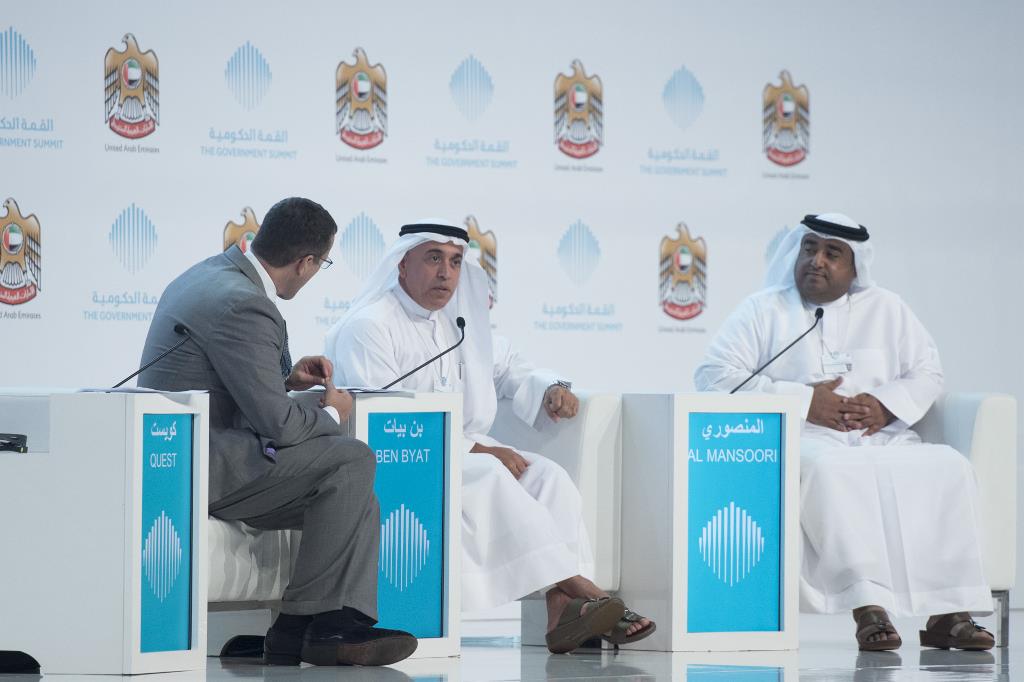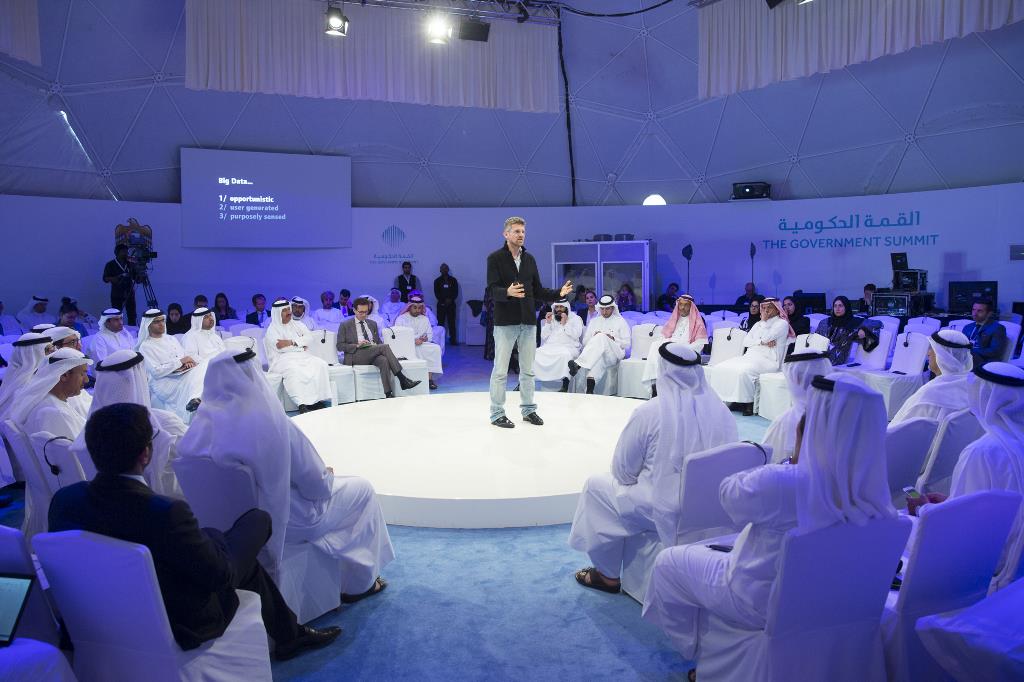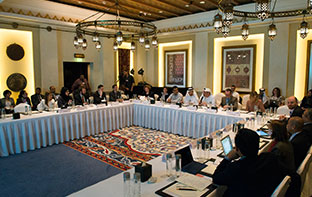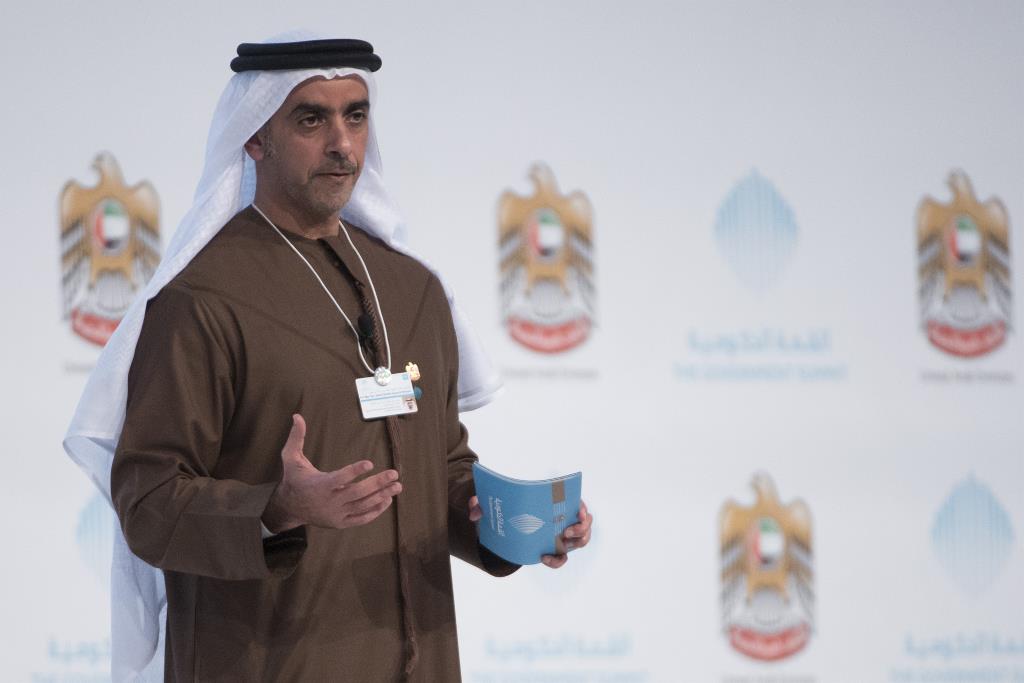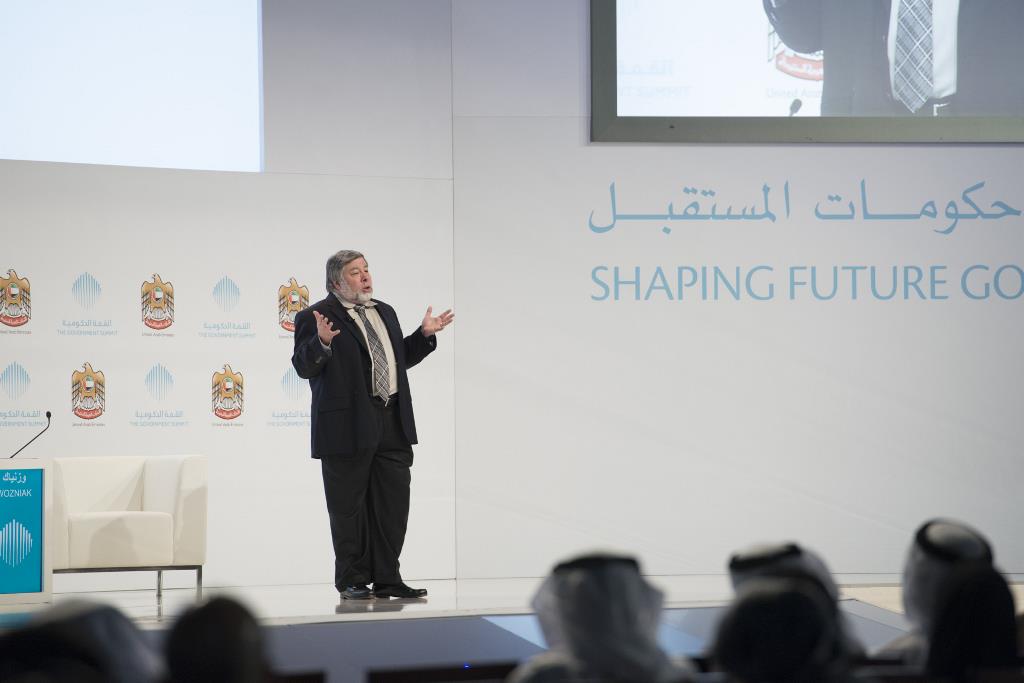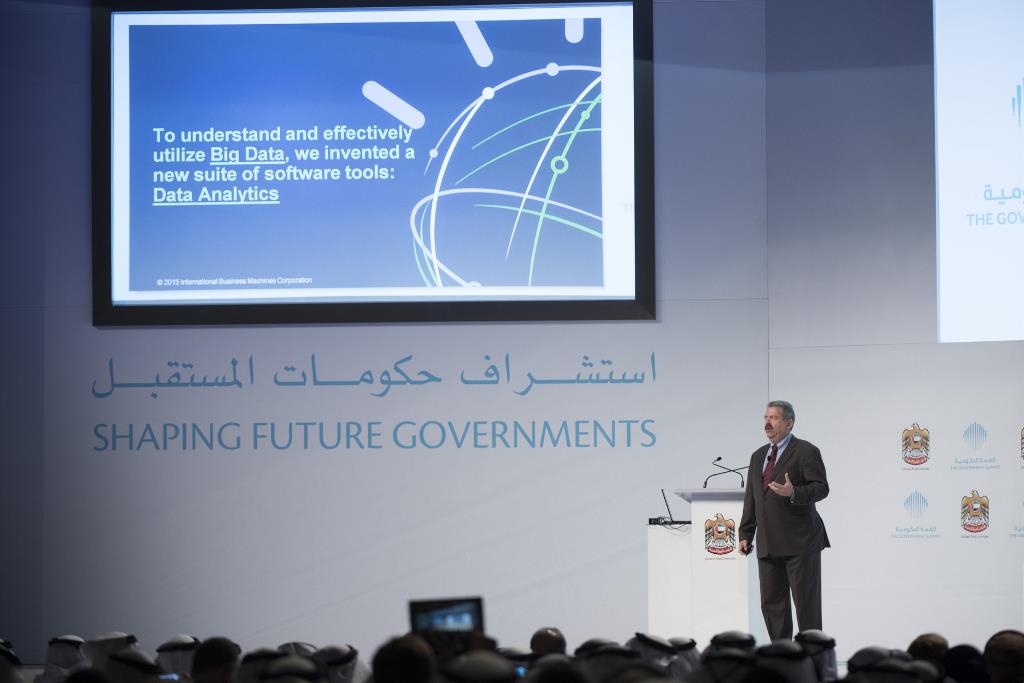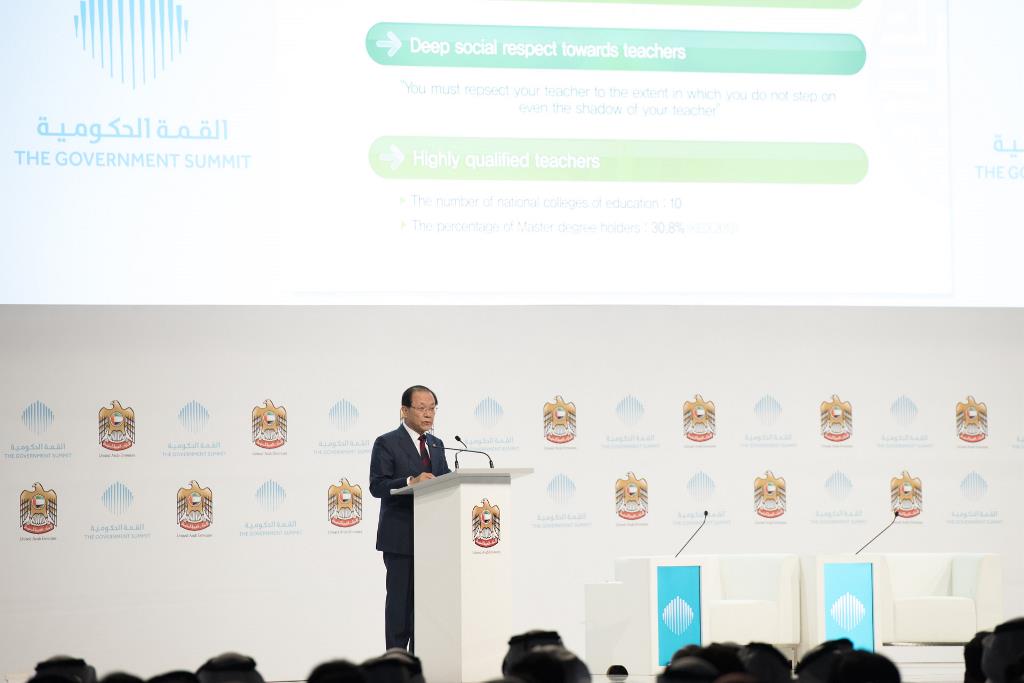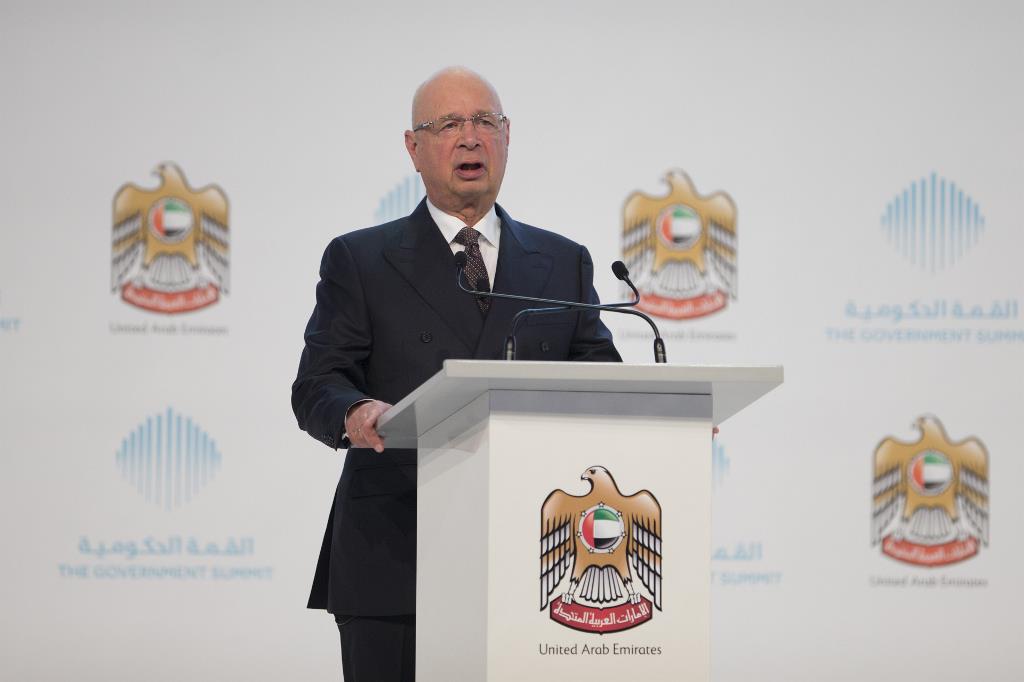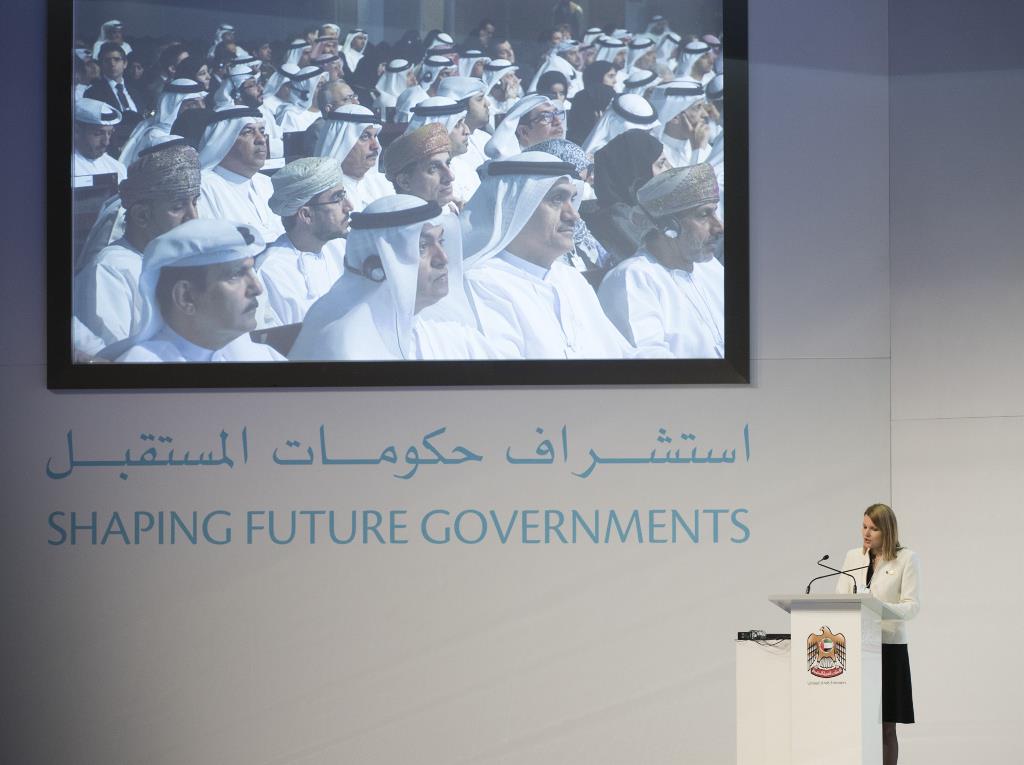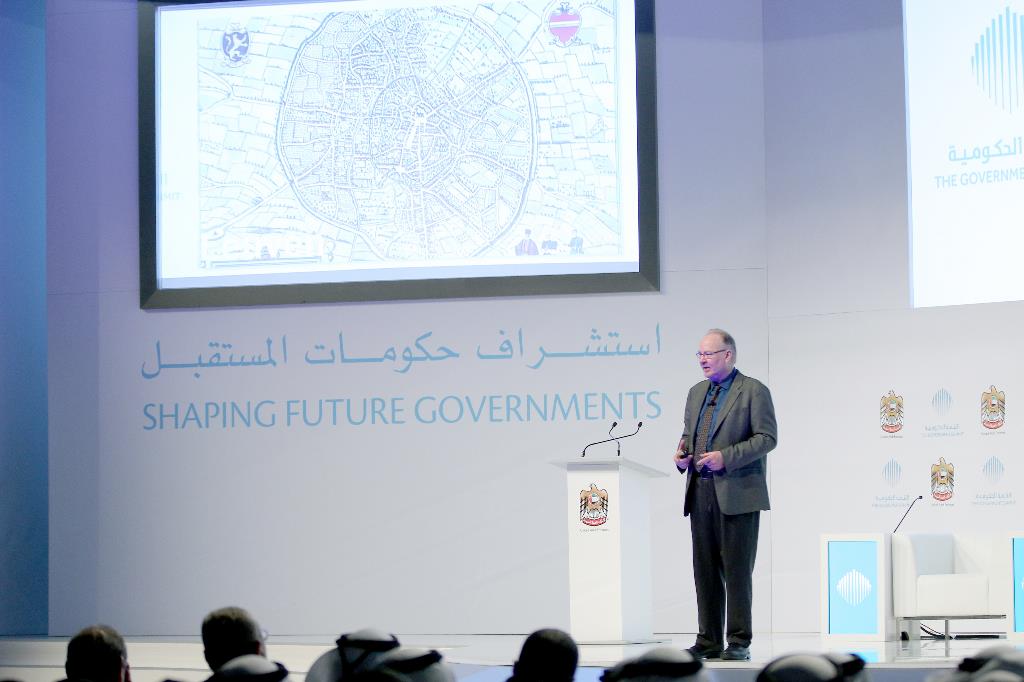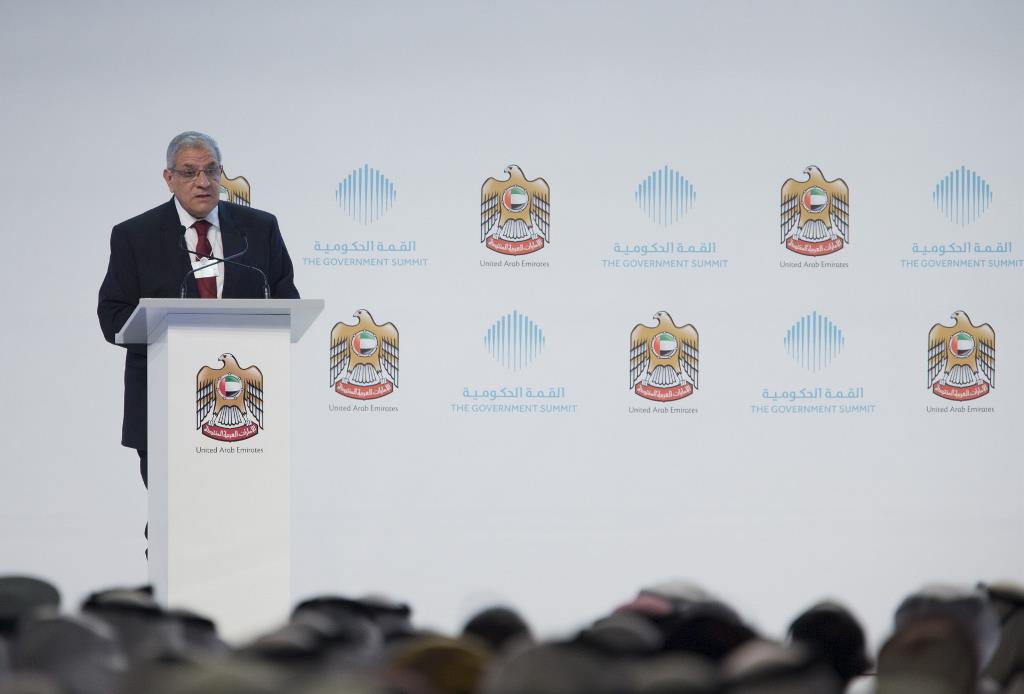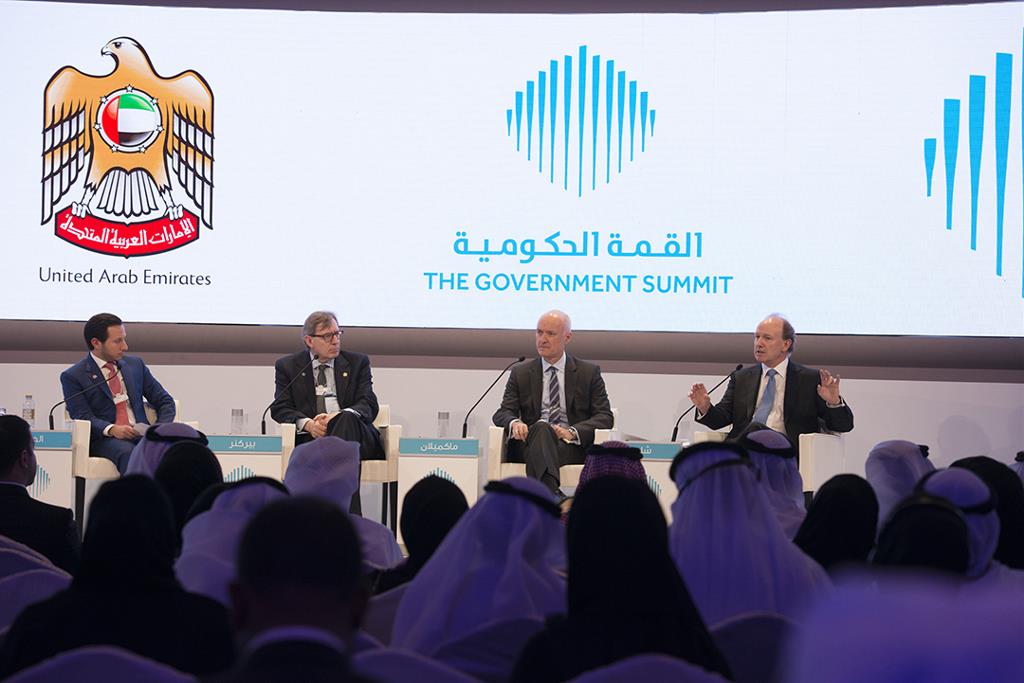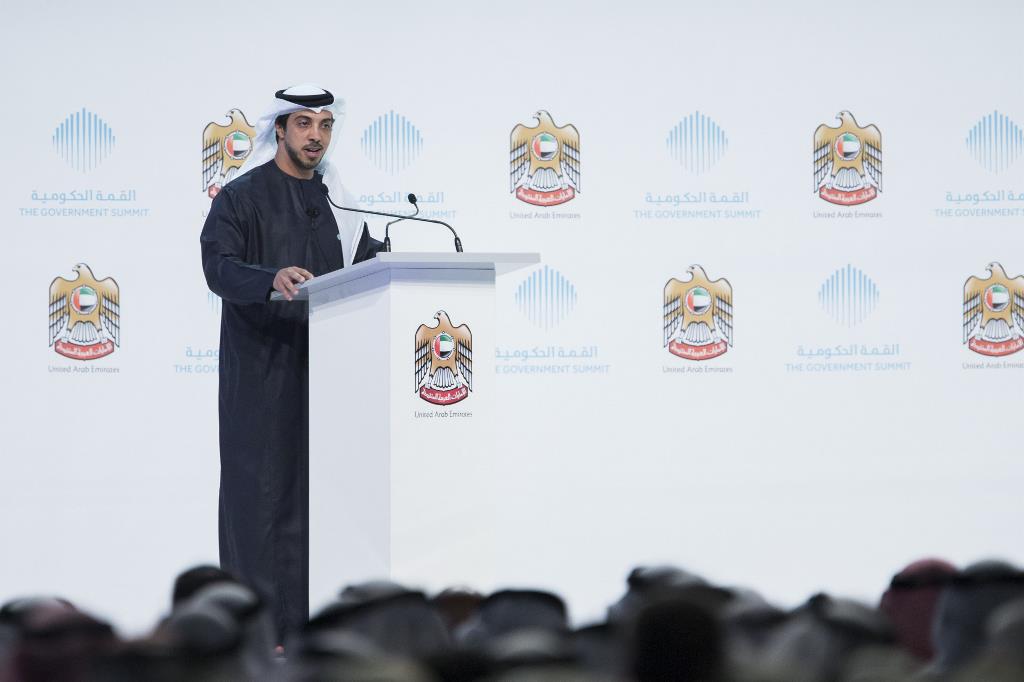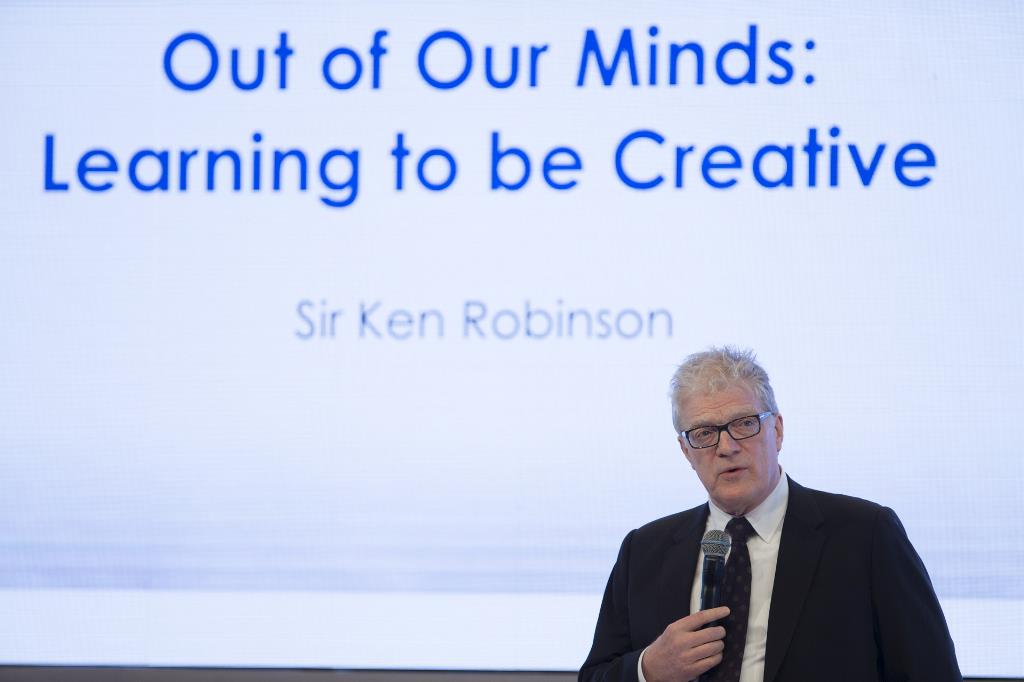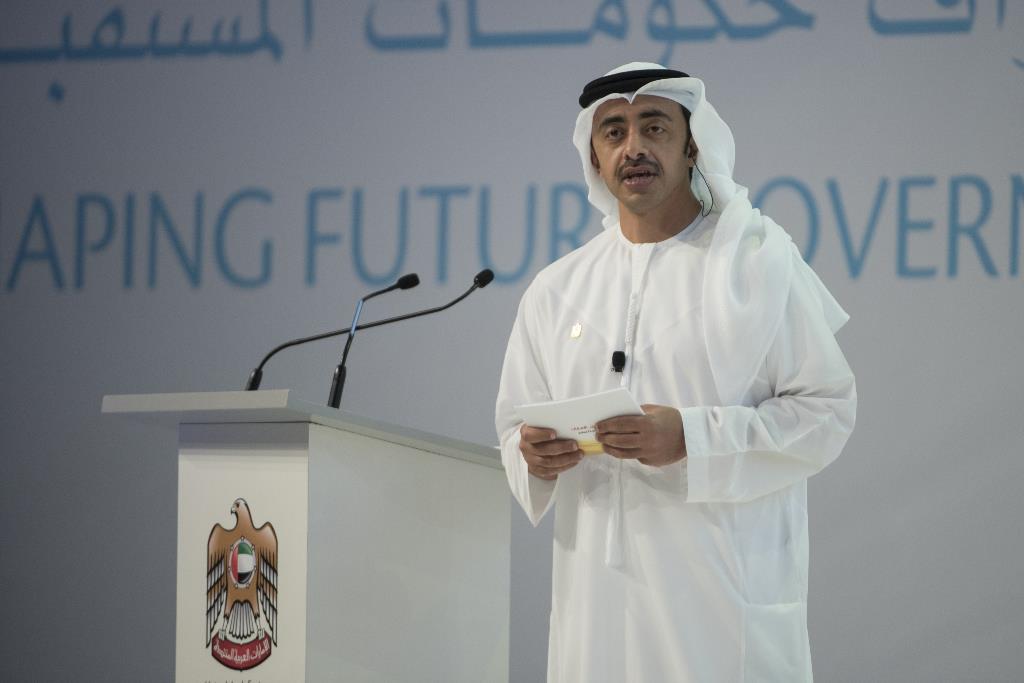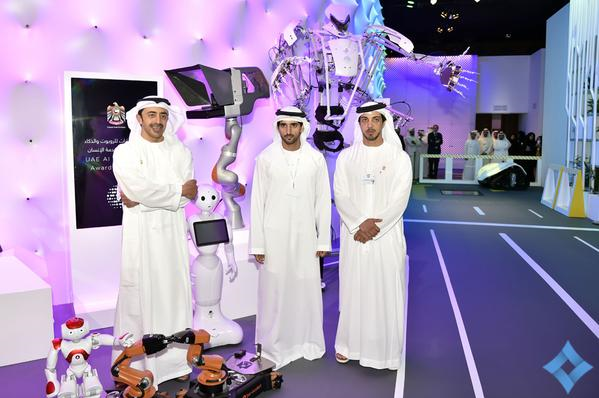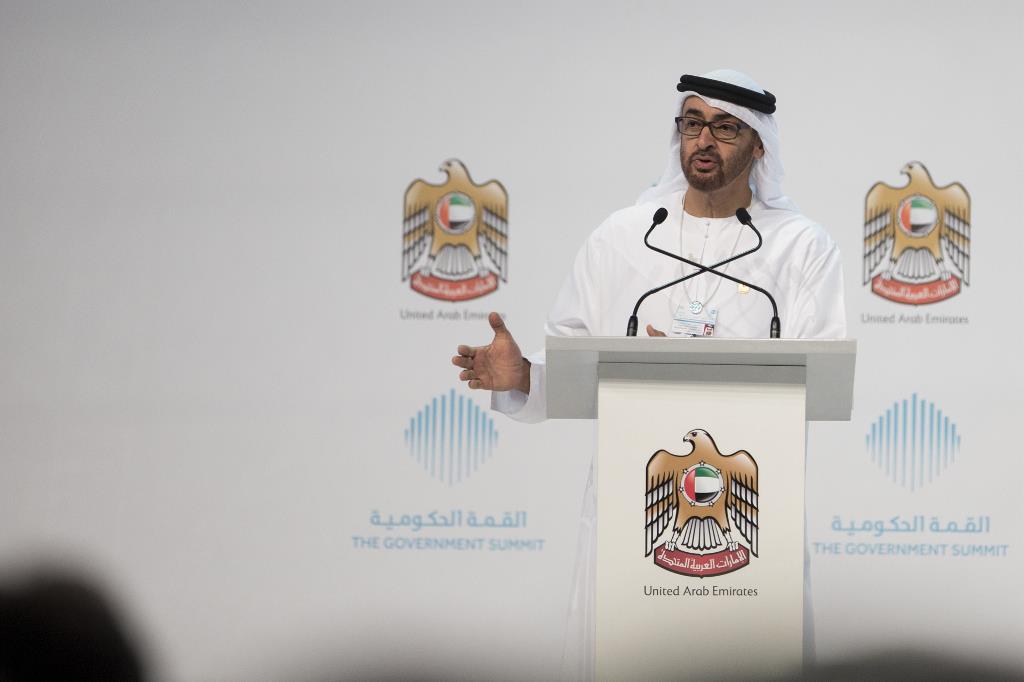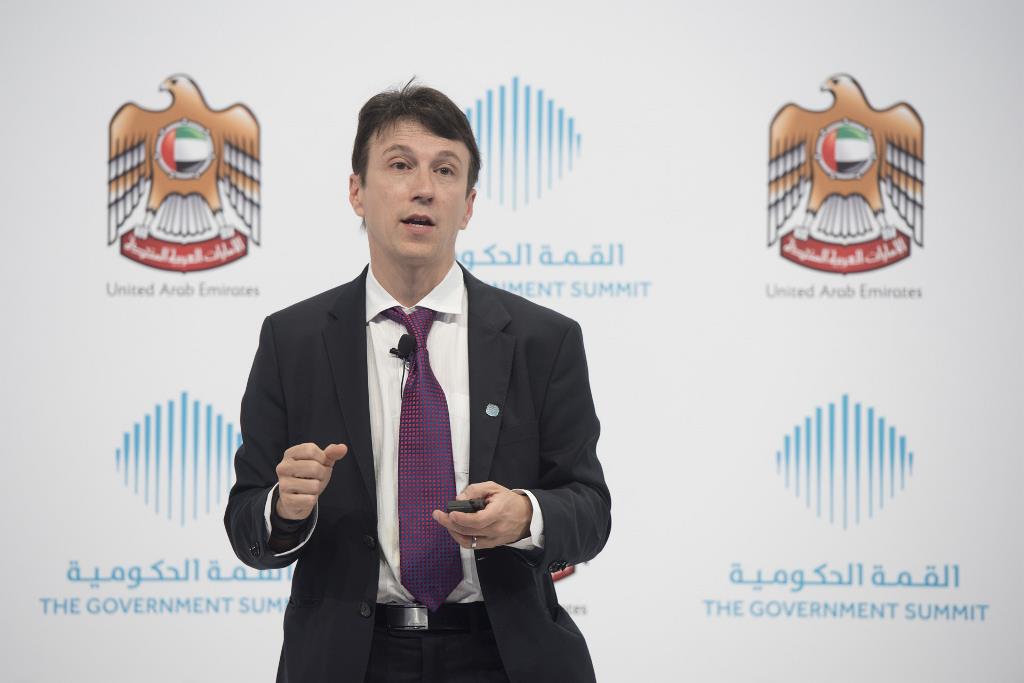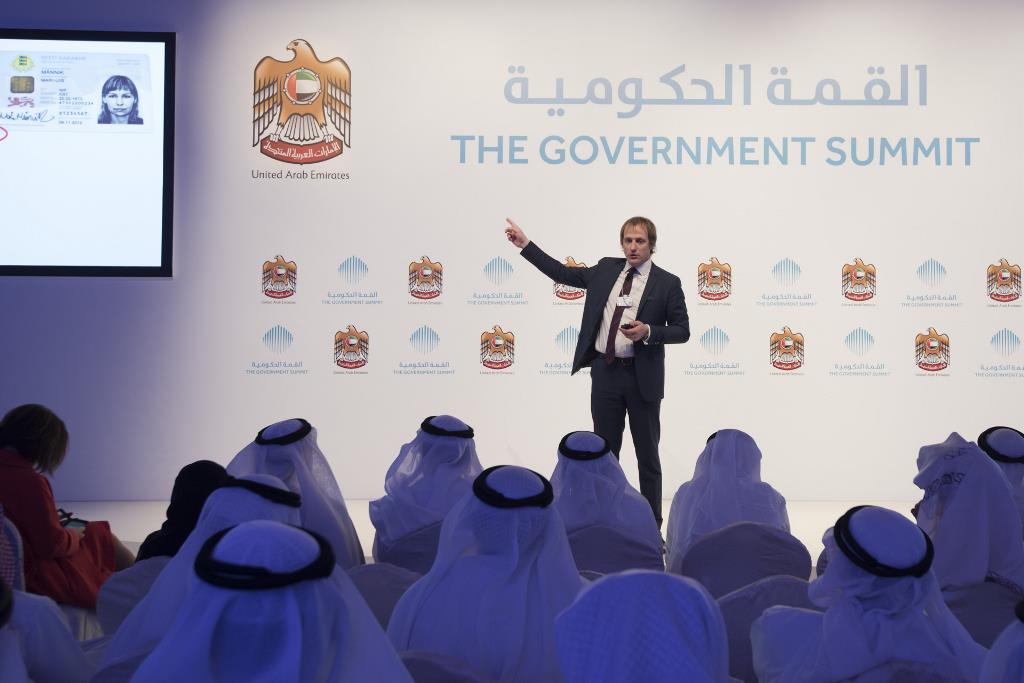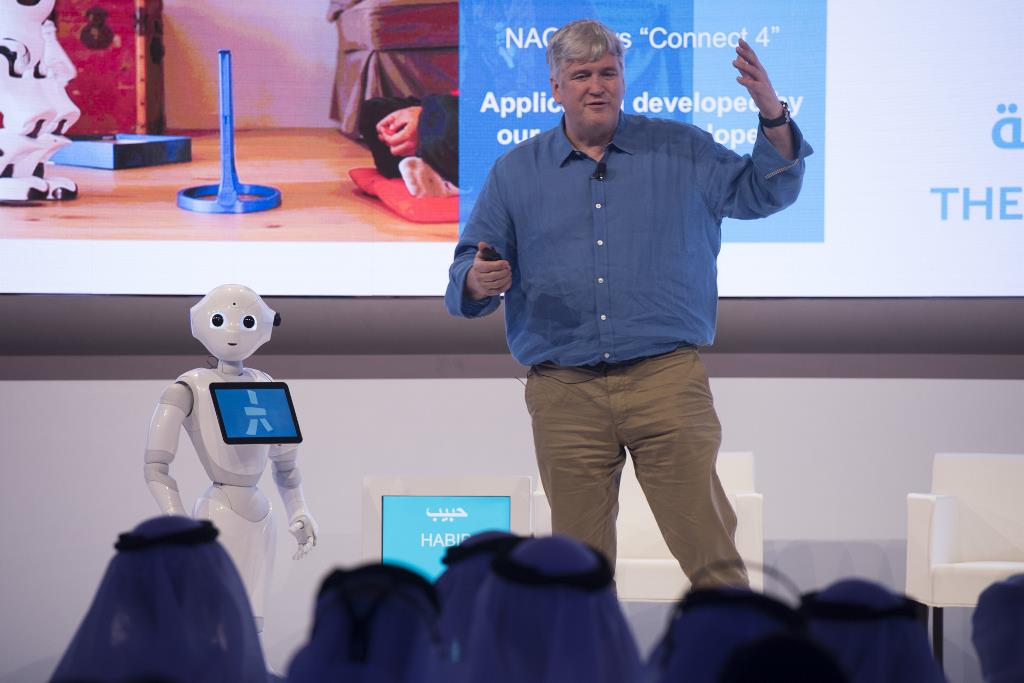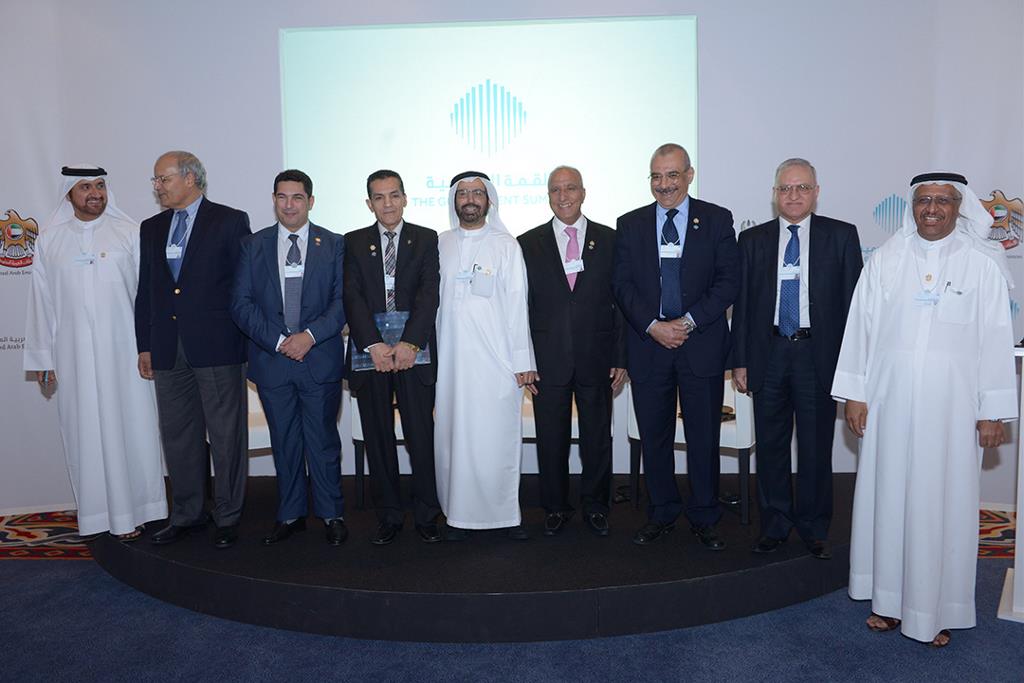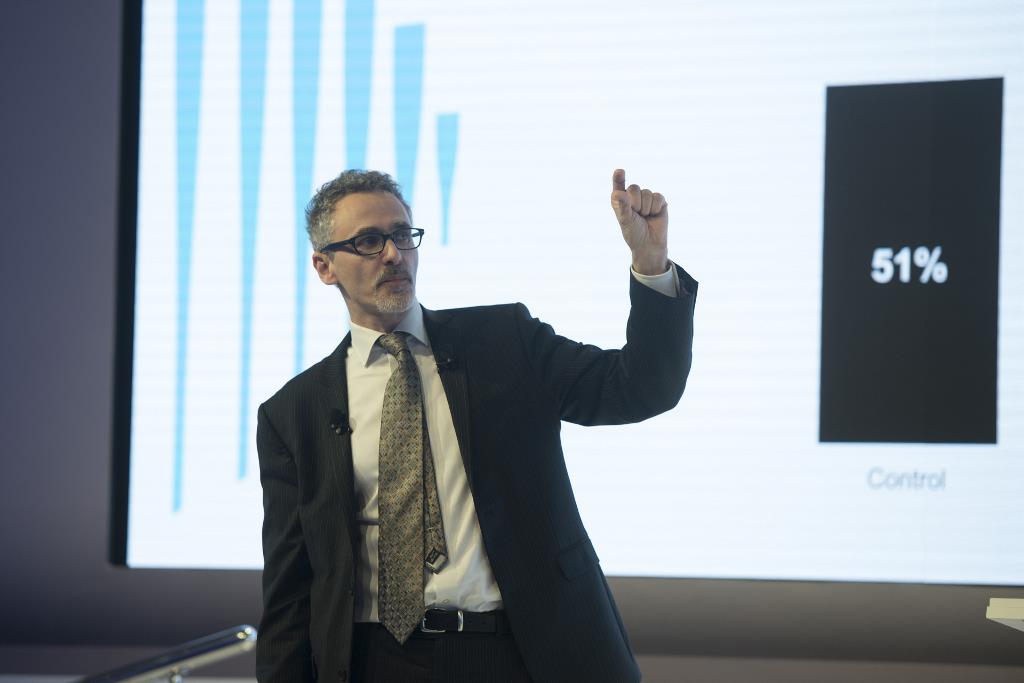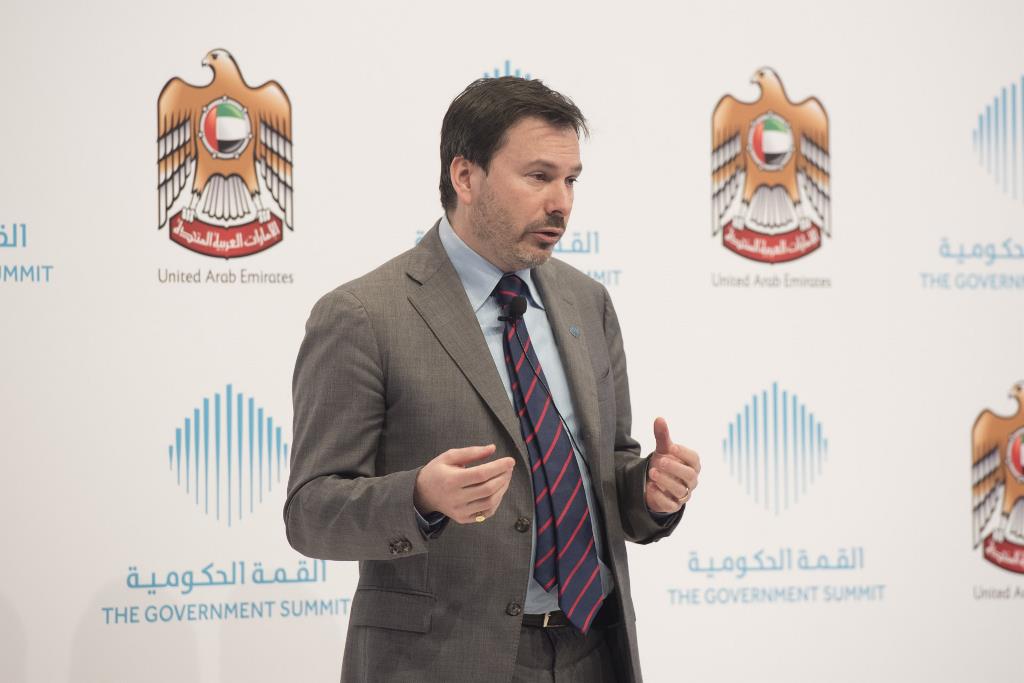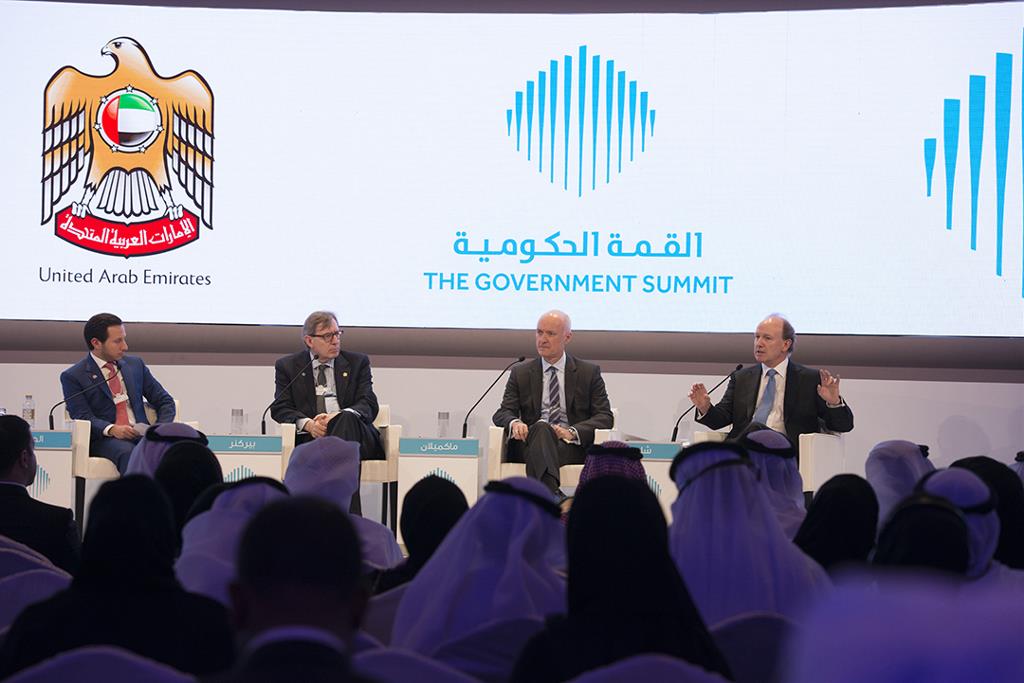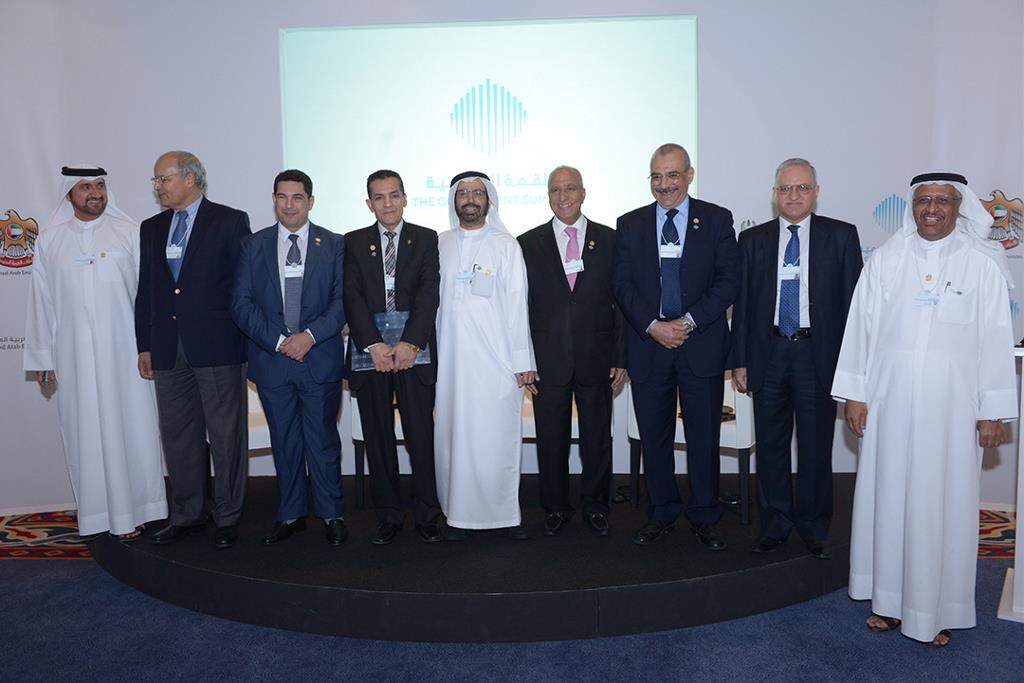Sense-City: Giving a Sense to our Everyday City Data
Urban planning will never be the same again with the digital revolution rapidly changing people's lives. How people work, play, and communicate could potentially change the design of the cities they live in to make them more sensible to their needs, said Professor Carlo Ratti, director of the Massachusetts Institute of Technology's SENSEable City Lab.
Speaking at a session titled ‘Sense-City: Giving a Sense to our Everyday City Data’ at The Government Summit 2015, Ratti said the MIT lab’s latest experiments collected data based on the following: opportunistic, or things that we commonly utilize like taxis or credit cards; user generated, or those largely driven by users like social media network sites; and purposely sensed materials.
"We collect data to make a more sensible city," Ratti said. For instance, if car pooling is seriously adopted in notoriously traffic-heavy New York, home to more than 8 million people, 40% of the city's vehicles would not need to be on the streets. That's the initial assessment of HubCab.org, an MIT-led and funded website that explores how the city's estimated 170 million trips a month can be reduced to ease traffic congestion.
Ratti, who was named one of the "25 People Who Will Change Architecture and Design", said beauty and functionality can be blended with less negative impact to the environment and with great value to people.
In the World's Eyes Project, which studied tweets during different golf tournaments, Ratti's team concluded: The more excited people are, the less words on tweets.
To illustrate the purposely sensed data, Ratti presented a video titled "One Country - Two Lungs" which examines air purity in Hong Kong and Shenzhen.
His team also successfully tracked down a stolen laptop at the MIT lab through the machine's GPS. Categorized as a "serendipitous" project, MIT police managed to get a visual of the suspects who stole the PC after they used it.
The SENSEable Lab team also purposely sent out 3,000 pieces of trash from Seattle, Washington, which they tracked down using special devices. Within a month, some of the trash was located in California and other parts of the US.
